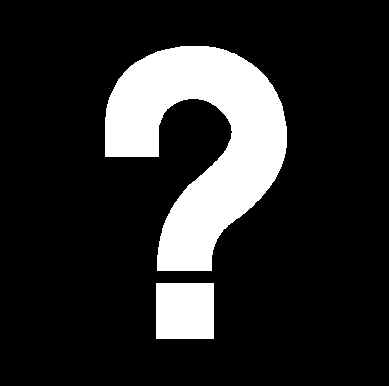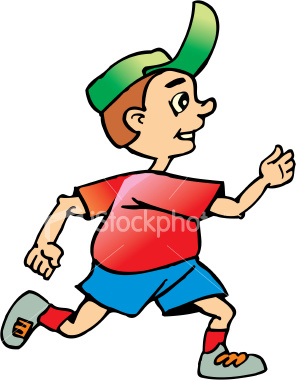- Unit Topic or Theme: Science and Technology
- Grade: 6th
- By Erin Madden and Megan Petty
* * * * * * * * * * * * * * * * *
- Lesson Topic or Theme: The cell
- Lesson Objectives:
- Being able to identify the parts of a cell.
- The functions of different parts of the cell
- Using an interactive website for final review.
- Instructional Technique: Students will work as a whole class as during the introductory activity. The lesson itself will be conducted independently and the web investigation can be done in pairs or small groups of three depending on the number of children in the class.
- Instructional Materials: Hand outs of the song for every student, a way of playing the song ( CD player, computer, MP3), Text book and science journal for each student, access to enough computers wither in class or in lab, website
- Theoretical Perspective: This lesson will better students’ knowledge of what a cell is. It will help those who learn through different styles aiding to those computer and musically inclined.
- Procedure:
Introductory Activity: The students will be asked to receive a copy of and be told to listen to a song written to the tune of Pocahontas colors of the wind. (They will all be familiar with the song as we analyzed the validity of Disney’s depiction of Pocahontas’s story to the true encounter in a previous social studies lesson) They will listen to the song a couple times and then be asked to join in when they feel they know enough of it.
Step- by- step: The students will then read the chapter on cells in their science text book. Following the reading they will be asked to complete an activity in their science journals from the text book. Here they are asked questions on the structure and function of a cell. The answers to these questions can be found in the chapter they have just read in their text book.
Closure: As a closing activity the students will then work their way through “Dangerous Dan” an interactive web based scavenger hunt, in their pairs or small groups. They will be using the links given to try and find the answers to the question if they do not feel it is clear.
D. Adaptations for different learners
Adapting this lesson for different learners can include a different modification for each section of this lesson. Be sure that the song is projected well enough for students with hearing impairments. Also be sure to sing with the children to encourage them to sing as well. A written list may be necessary for those students on IEPs whom benefit from a check list to be sure they have completed all the questions they are suppose to. Also, when picking the groups for the computer problems make sure to choose the pairs wisely, this is very important.
E. Evaluation
The students’ responses in their journals will show what they comprehend from the text about cells. Following this lesson the students will be taking a formal exam on the cell to see what information they were able to retain from this lesson. The responses to this exam will be a final measurement of what the students have learned. To track student progress before this it is very important for the teacher to actively join in conversation to see what the students know and be sure the students can explain their answers through out the lesson.
A. How/ when will you determine if you have met your objectives?
- What will students be able to do and/or show you at the end of the lesson that lets you know they have learned?
They will be showing their knowledge of a cell and it’s parts and functions through their science journal entries, as well as the assessment.
- What will you use to document this?
Their written documents will keep track of their learning and clearly show if they have achieved the learning objective.
B. Concerns or questions you have about teaching this lesson?
The only concern I think one could have about this lesson is that it is a vast amount of information to learn in one lesson. This could possibly take more than one lesson period.
 | |
 | Click Dan do go back to the Homepage and begin the adventure |